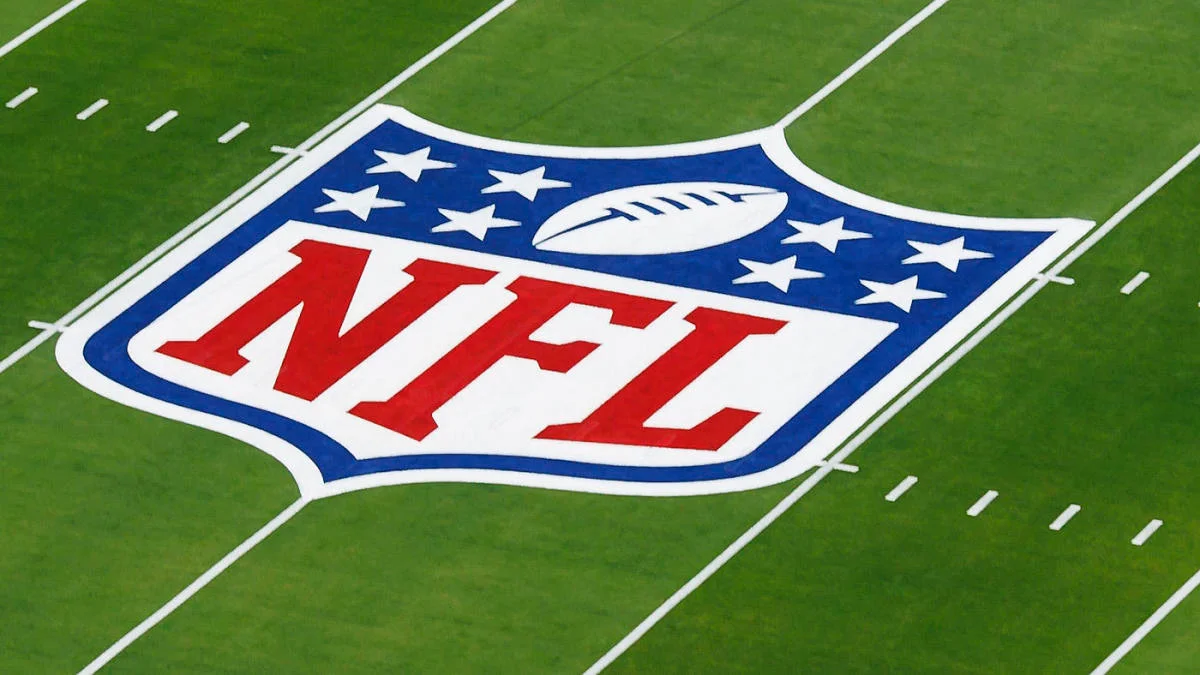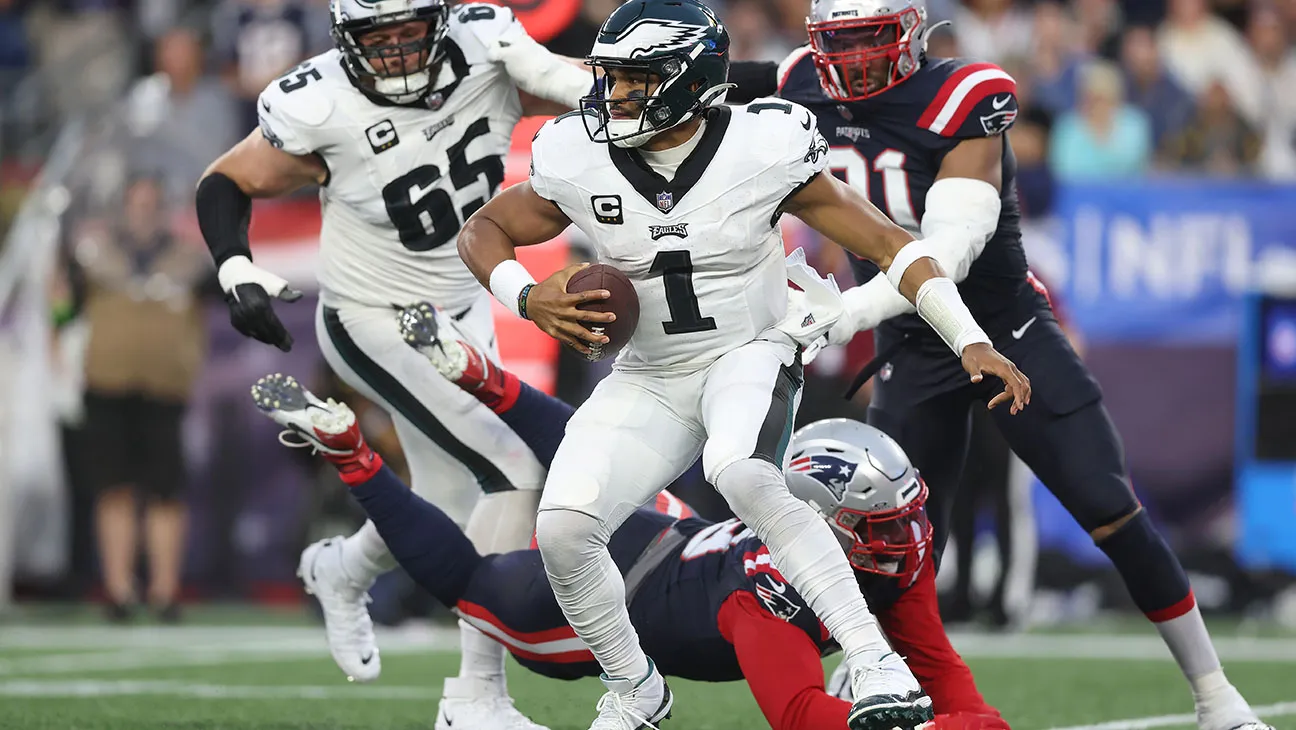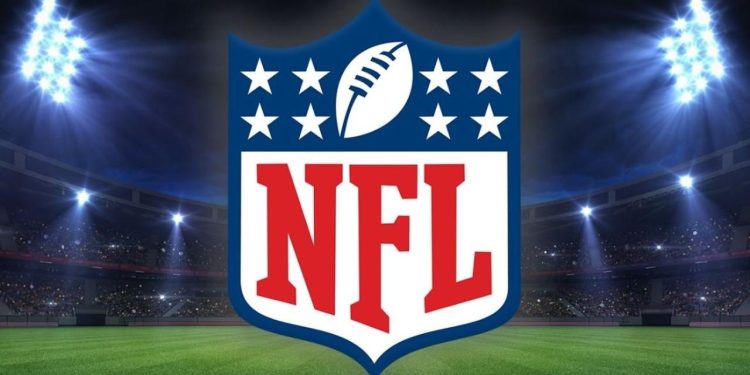The narrative of a local athlete making it to the professional ranks and playing for their hometown team often reads like a script out of a Hollywood sports drama. The communal pride, the overwhelming support—it’s a picturesque scenario tailor-made for feel-good movie endings. However, the reality can be starkly different. For some athletes, like former Steelers center A.Q. Shipley and quarterback Terrelle Pryor, this dream scenario quickly transformed into a professional nightmare.

A.Q. Shipley’s Pittsburgh Steelers Predicament
When A.Q. Shipley was drafted by the Pittsburgh Steelers, it seemed like a fairy-tale beginning. A native of the area, Shipley was following in the footsteps of Steelers legends such as Mike Webster and Dermontti Dawson. “It was a dream come true. It was like, that’s where I wanted to be,” Shipley recalled during his appearance on the NetWorth podcast. His initial excitement, however, soon gave way to the harsh realities of professional sports close to home.

Instead of focusing solely on football, Shipley found himself enveloped by familiar faces and everyday comforts, which, contrary to expectations, did not serve him well. “I’m one of the guys that like, I do best when I’m away from everything. When you put me in a dungeon, and I have to focus on something, that’s when I do best,” he explained.
This realization came too late, as his tenure with the Steelers lasted only a season before he moved on to other teams, including the Arizona Cardinals and Tampa Bay Buccaneers, where he eventually found more substantial success.
Terrelle Pryor’s Pittsburgh Steeler Concerns
Similarly, Terrelle Pryor, a standout quarterback from Ohio State who grew up just outside Pittsburgh, expressed concerns about playing so close to home. In a 2016 interview, Pryor shared his apprehensions with Jeremy Fowler of ESPN about the potential distractions and pressures of playing in familiar surroundings.
“I didn’t feel comfortable playing there at quarterback because of all the people I know and people know me. It can get messy. The focus can’t be there,” he stated, articulating a common fear among athletes who might feel overwhelmed by the expectations and social obligations that come with playing near home.
TOM BRADY TELLS THE TOP #NFL ROOKIE THAT HE TREATED PRE-SEASON GAMES LIKE THE SUPER BOWL, AND TO STOP WITH THE SOCIAL MEDIA GARBAGE: pic.twitter.com/VTwpsn5bHC
“When you have 53 guys on the team, if you think it’s about you, it ain’t about you, it’s about us.”
“The biggest problem…
— MLFootball (@_MLFootball) May 20, 2024
Despite the Steelers’ interest in drafting him, Pryor ultimately declined the opportunity, fearing it would not be conducive to his professional development. Even Steelers head coach Mike Tomlin acknowledged the unique challenges faced by local players, recounting a cautionary tale from his time in Tampa Bay.

Navigating the NFL Home Field: A Mixed Blessing
The stories of Shipley and Pryor serve as poignant reminders of the double-edged sword that playing for a hometown NFL team can represent. While some athletes thrive under the familiar lights, others might find the proximity to home a detriment to their professional focus and growth. The key is recognizing what environment best allows an athlete to hone their craft and maintain their mental well-being amidst the grueling demands of professional sports.
As the NFL continues to evolve, so too must its understanding of player welfare, particularly concerning the unique challenges faced by homegrown talent. While the allure of playing for a hometown crowd is undeniable, ensuring athletes are placed in environments where they can succeed both on and off the field remains paramount. The tales of Shipley and Pryor are not just cautionary; they are critical in shaping a more nuanced approach to player development in the world of professional sports.










